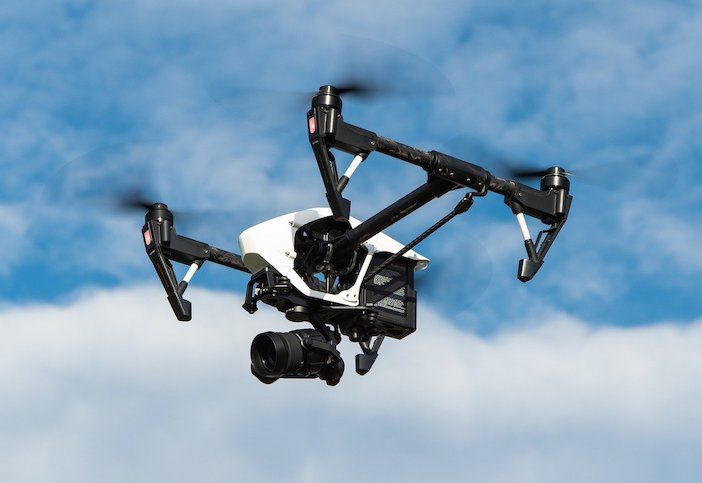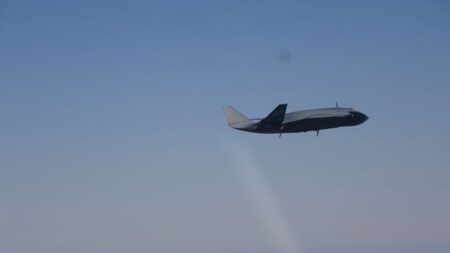The European Union Aviation Safety Agency has started to run a drone registration system that allows the drone operators to fly anywhere in the EU with a single registration.
The system is the first step towards the creation of a centralized pan-European drone database, which the European safety regulator plans to roll out from 2022.
Drone users will be legally obliged to register as users of their drones with their national aviation authorities from December 31, 2020, when the European regulation on drones (EU) 2019/947 takes effect.
The EU’s drones regulation was originally slated to come into force on June 30, 2020, but its applicability was postponed as a result of the COVID-19 pandemic. Initially, it calls for the mandatory registration of drone operators and of “certified” drones, which are typically the larger drones used for business purposes. The regulation includes further provisions that will gradually become applicable up until 31 December, 2022.
The digitalized and secure system for the exchange of drones registration data developed by EASA for us among the national authorities of the Member States puts a technical framework in place and was launched by EASA earlier this month. It is a broker system based on open web technologies and secured standards which facilitates the transfer of information about drones between the member states through the Agency, which acts as a hub.
In parallel, the system will act as a test case for a larger project to create a fully centralized database of information at EASA, providing the basis for more effective cooperation between EASA and its Member States on certification, oversight and enforcement, as required by Article 74 of the Basic Regulation.
This database, due to be launched in increments between mid-2022 and end-2024, will act as repository for certificates, approvals, licences, declarations and transfers of responsibilities, in addition to the drones registration data.
EASA executive director Patrick Ky said, “Drones are a new entrant to busy urban environments in particular, and it is important that the aviation authorities know who is using them and for what purpose, to ensure that citizens who are going about their daily business feel, and indeed are, safe, even if drones are flying nearby.
“We want to make this process as straightforward as possible for the users. The repository allows information registered with one authority to be shared with others, creating the basis for seamless drone usage across the European Union without the need to register in separate Member States.“





